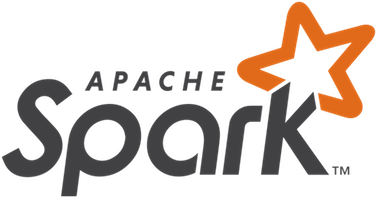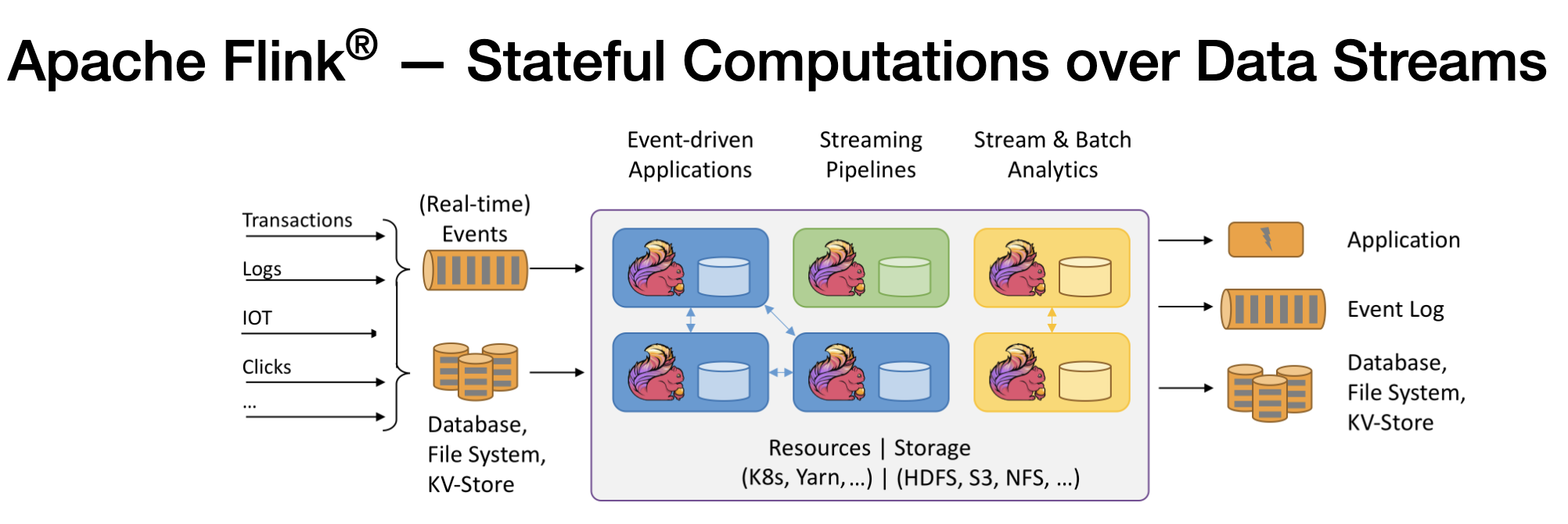Big Industries Academy
Big Data processing with Apache Spark
Apache Spark is an open source big data processing framework built around speed, ease of use, and sophisticated analytics. It was originally developed in 2009 in UC Berkeley’s AMPLab, and open sourced in 2010 as an Apache project.
First of all, Spark gives us a comprehensive, unified framework to manage big data processing requirements with a variety of data sets that are diverse in nature (text data, graph data etc) as well as the source of data (batch v. real-time streaming data).
Spark lets you quickly write applications in Java, Scala, or Python. It supports SQL queries (SparkSQL), streaming data (SparkStreaming), machine learning (Spark Mllib) and graph data processing (SparkGraphX). Developers can use these capabilities stand-alone or combine them to run in a single data pipeline use case.
Hadoop and Spark
Hadoop as a big data processing technology has been around for 10 years and has proven to be the solution of choice for processing large data sets. Spark runs on top of existing Hadoop Distributed File System (HDFS) infrastructure to provide enhanced and additional functionality. We should look at Spark as an alternative to Hadoop MapReduce rather than a replacement to Hadoop. It’s not intended to replace Hadoop but to provide a comprehensive and unified solution to manage different big data use cases and requirements.
Spark Features
Spark takes MapReduce to the next level with less expensive shuffles in the data processing. With capabilities like in-memory data storage and near real-time processing, the performance can be several times faster than other big data technologies.
Spark also supports lazy evaluation of big data queries, which helps with optimization of the steps in data processing workflows. It provides a higher level API to improve developer productivity and a consistent architect model for big data solutions.
Spark holds intermediate results in memory rather than writing them to disk which is very useful especially when you need to work on the same dataset multiple times. It’s designed to be an execution engine that works both in-memory and on-disk. Spark operators perform external operations when data does not fit in memory. Spark can be used for processing datasets that larger than the aggregate memory in a cluster.
Spark will attempt to store as much as data in memory and then will spill to disk. It can store part of a data set in memory and the remaining data on the disk. You have to look at your data and use cases to assess the memory requirements. With this in-memory data storage, Spark comes with performance advantage.
Other Spark features include:
*Supports more than just Map and Reduce functions.
*Optimizes arbitrary operator graphs.
*Lazy evaluation of big data queries which helps with the optimization of the overall data processing workflow.
*Provides concise and consistent APIs in Scala, Java and Python.
*Offers interactive shell for Scala and Python. This is not available in Java yet.
Spark is written in Scala Programming Language and runs on Java Virtual Machine (JVM) environment. It currently supports the following languages for developing applications using Spark:
*Scala
*Java
*Python
*Clojure
*R
Spark Ecosystem
Other than Spark Core API, there are additional libraries that are part of the Spark ecosystem and provide additional capabilities in Big Data analytics and Machine Learning areas.
These libraries include:
- Spark Streaming:
- Spark Streaming can be used for processing the real-time streaming data. This is based on micro batch style of computing and processing. It uses the DStream which is basically a series of RDDs, to process the real-time data.
- Spark SQL:
- Spark SQL provides the capability to expose the Spark datasets over JDBC API and allow running the SQL like queries on Spark data using traditional BI and visualization tools. Spark SQL allows the users to ETL their data from different formats it’s currently in (like JSON, Parquet, a Database), transform it, and expose it for ad-hoc querying.
- Spark MLlib:
- MLlib is Spark’s scalable machine learning library consisting of common learning algorithms and utilities, including classification, regression, clustering, collaborative filtering, dimensionality reduction, as well as underlying optimization primitives.
- Spark GraphX:
- GraphX is the new (alpha) Spark API for graphs and graph-parallel computation. At a high level, GraphX extends the Spark RDD by introducing the Resilient Distributed Property Graph: a directed multi-graph with properties attached to each vertex and edge. To support graph computation, GraphX exposes a set of fundamental operators (e.g., subgraph, joinVertices, and aggregateMessages) as well as an optimized variant of the Pregel API. In addition, GraphX includes a growing collection of graph algorithms and builders to simplify graph analytics tasks.
Spark Architecture
Spark Architecture includes following three main components:
- Data Storage
- API
- Management Framework
Let’s look at each of these components in more detail.
Data Storage:
Spark uses HDFS file system for data storage purposes. It works with any Hadoop compatible data source including HDFS, HBase, Cassandra, etc.
API:
The API provides the application developers to create Spark based applications using a standard API interface. Spark provides API for Scala, Java, and Python programming languages.
Following are the website links for the Spark API for each of these languages.
- Scala API
- Java
- Python
Resource Management:
Spark can be deployed as a Stand-alone server or it can be on a distributed computing framework like Mesos or YARN.
Conclusions
In this article, we looked at how Apache Spark framework helps with big data processing and analytics with its standard API. We also looked at how Spark compares with traditional MapReduce implementation like Apache Hadoop. Spark is based on the same HDFS file storage system as Hadoop, so you can use Spark and MapReduce together if you already have significant investment and infrastructure setup with Hadoop.
You can also combine the Spark processing with Spark SQL, Machine Learning and Spark Streaming as we’ll see in a future article.
With several integrations and adapters on Spark, you can combine other technologies with Spark. An example of this is to use Spark, Kafka, and Apache Cassandra together where Kafka can be used for the streaming data coming in, Spark to do the computation, and finally Cassandra NoSQL database to store the computation result data.
Source: Srini Penchikala

Matthias Vallaey
Matthias is founder of Big Industries and a Big Data Evangelist. He has a strong track record in the IT-Services and Software Industry, working across many verticals. He is highly skilled at developing account relationships by bringing innovative solutions that exceeds customer expectations. In his role as Entrepreneur he is building partnerships with Big Data Vendors and introduces their technology where they bring most value.





